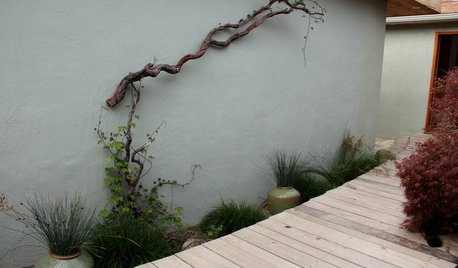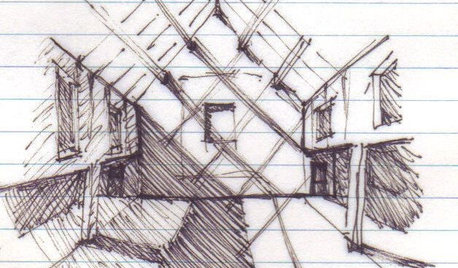Important Information about RSPs and their Kin
MissSherry
10 years ago
Related Stories

LIFEYou Said It: ‘Yikes, Tough Crowd’ and Other Quotes of the Week
Some of our favorite quotes this week came straight from the Comments section. See the stories and have your own say
Full Story
ORGANIZINGHelp for Whittling Down the Photo Pile
Consider these 6 points your personal pare-down assistant, making organizing your photo collection easier
Full Story
REMODELING GUIDESYour Floor: How to Find Right Stone Tile
Get the Pros and Cons of Slate, Travertine, Sandstone, Marble and Granite
Full Story
DECORATING GUIDESSee How Wabi-Sabi Can Bring Harmony and Beauty to Your Home
Create your own wabi-style style with beautifully weathered, humble materials around the house
Full Story
THE ART OF ARCHITECTUREDesign Practice: 11 Ways Architects Can Overcome Creative Blocks
When inspiration remains elusive, consider these strategies for finding your creative muse
Full Story
WORKING WITH AN ARCHITECTArchitect's Toolbox: 6 Drawings on the Way to a Dream Home
Each architectural drawing phase helps ensure a desired result. See what happens from quick thumbnail sketch to detailed construction plan
Full StoryMore Discussions







Liz
larry_gene
Related Professionals
Clark Landscape Architects & Landscape Designers · La Marque Landscape Architects & Landscape Designers · Stoughton Landscape Contractors · Allentown Landscape Contractors · Dinuba Landscape Contractors · East Hanover Landscape Contractors · Hayward Landscape Contractors · Mason Landscape Contractors · North Richland Hills Landscape Contractors · Post Falls Landscape Contractors · 07920 Landscape Contractors · Crowley Landscape Contractors · Brushy Creek Fence Contractors · Fond du Lac Window Contractors · Sarasota Window ContractorsLeafhead
butterflymomok
larry_gene
Leafhead
bernergrrl
MissSherryOriginal Author